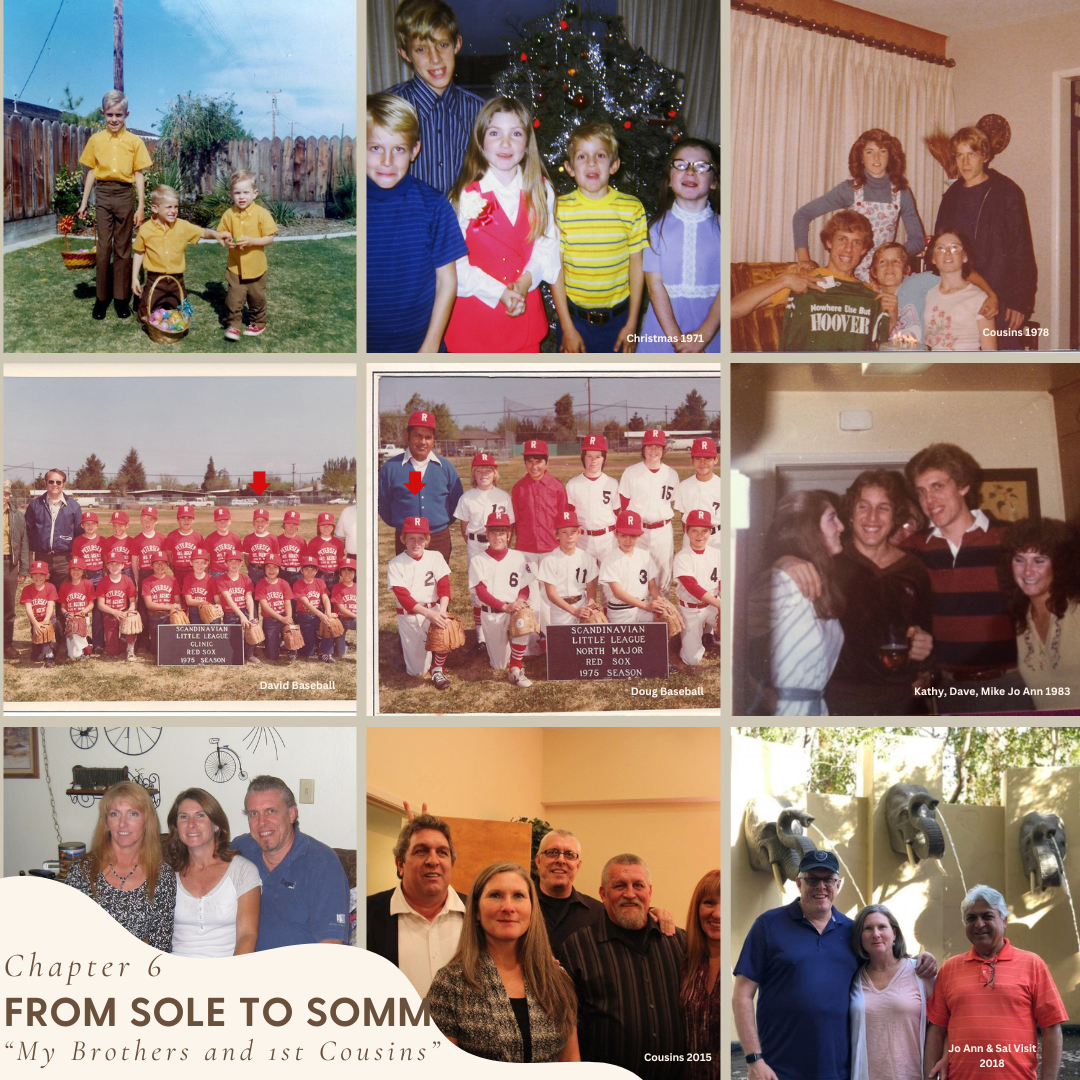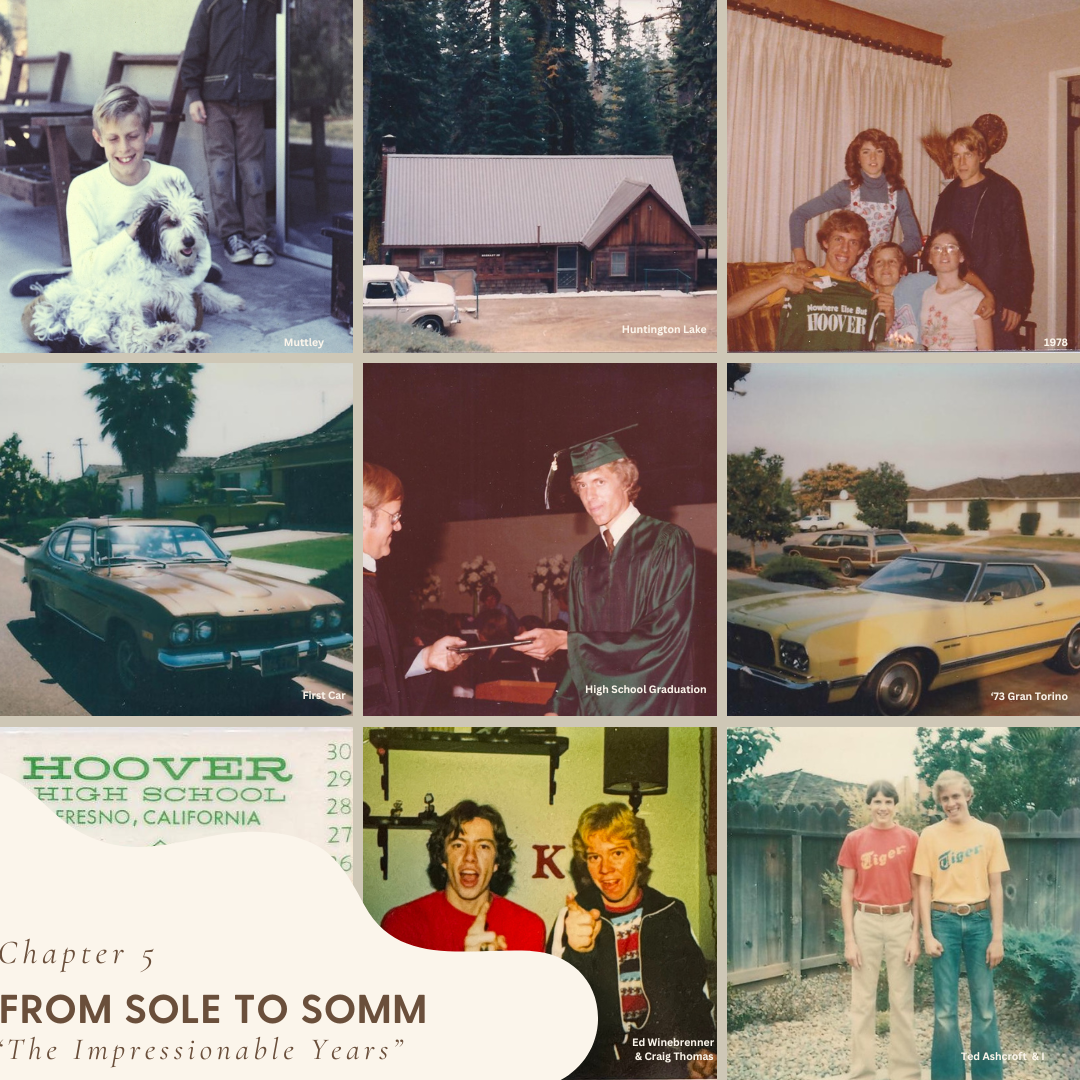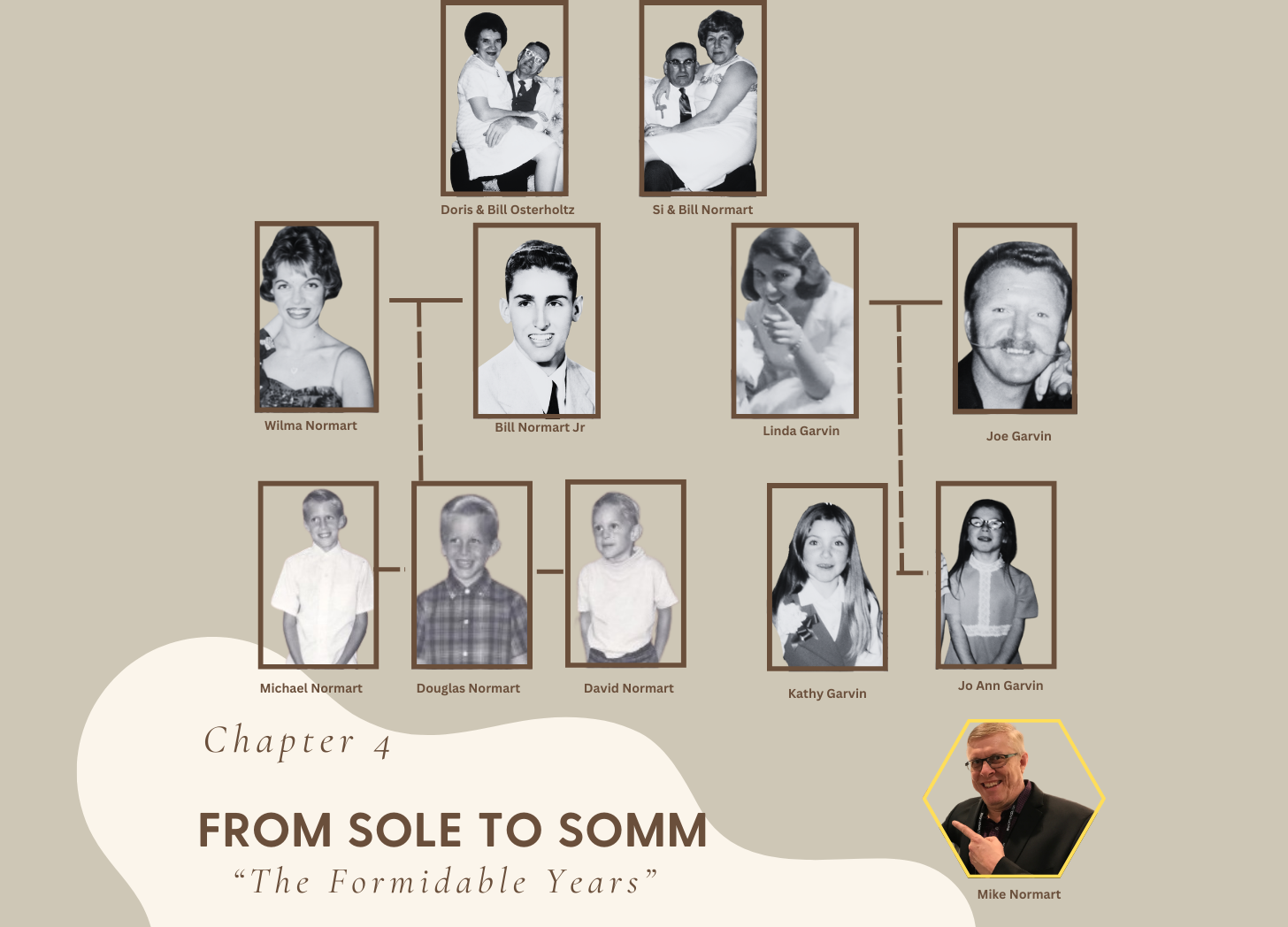How to Pick Out Wines
How to pick out wines. Welcome to our wine exploration journey! Choosing the right wine can be both exciting and daunting, especially with so many options available. One of the best ways to find wines you’ll enjoy is to stick to a particular region whose wines you already like. However, another fascinating approach is to explore wines from regions that share similar latitudes. Regions located at similar latitudes often experience comparable climate conditions, which can result in wines with similar flavor profiles, body, and aging potential. This guide aims to simplify your wine selection process by leveraging the influence of geography on wine production.
Purpose of the Guide
The purpose of this guide is to help you discover and enjoy wines from different regions that share similar latitudes and, consequently, similar climatic conditions. By understanding these geographical connections, you can expand your palate and find new favorites that align with your taste preferences. Whether you’re a fan of the structured, complex wines of Bordeaux or the vibrant, fruit-forward wines of California, exploring wines by latitude offers a unique and enjoyable way to enhance your wine selection process.
1. The Role of Latitude in Winemaking
Latitude significantly affects a region’s climate, which in turn dictates grape growing conditions. Regions at the same latitude often share similar climates, whether they are cool, warm, or somewhere in between. This climatic consistency can lead to comparable grape characteristics and wine styles. For example, warmer climates tend to produce grapes with higher sugar content, resulting in fuller-bodied wines with higher alcohol levels. Cooler climates generally yield grapes with higher acidity and more delicate flavors, leading to lighter, crisper wines.
2. Sticking to a Region
The Benefits of Regional Consistency
One of the easiest ways to select a wine you’ll enjoy is to stick to a region you already know and love. Wine regions often have distinct styles, and if you’ve enjoyed wines from a particular area before, chances are you’ll find other wines from the same region appealing as well. Here’s how to make the most of this strategy:
At a Restaurant: If you’re at a restaurant and see a Willamette Valley Pinot Noir on the menu, and you know you love Willamette Valley Pinots, go for it. Restaurants often curate their wine lists carefully, and sticking to a known region can enhance your dining experience.
At a Wine Shop: When browsing at a wine shop, look for the regions you’re familiar with. If you’ve enjoyed Napa Valley Cabernet Sauvignons, explore more labels from Napa Valley. Wine shop staff are usually knowledgeable and can recommend wines from your preferred region.
Exploring New Wines: If you like Willamette Valley Pinot Noir, for example, try wines from neighboring regions or those with similar climates, such as Oregon’s Umpqua Valley or even New Zealand’s Central Otago, which produces excellent Pinot Noirs.
3. Old World vs. New World Wines
Definitions:
Old World Wines: These are wines produced in traditional European wine-growing regions such as France, Italy, Spain, and Germany. Old World wines are often characterized by their adherence to traditional winemaking techniques and a strong sense of terroir, which emphasizes the influence of the specific vineyard location.
New World Wines: These are wines produced in countries outside of Europe, including the USA, Australia, New Zealand, Chile, Argentina, and South Africa. New World wines often embrace modern winemaking techniques and tend to focus more on the varietal characteristics of the grapes.
Taste Profiles
Old World Wines: Generally, Old World wines are known for their earthy, mineral qualities and balanced acidity. They often have more subtle fruit flavors and a greater emphasis on terroir, leading to more complex and layered taste profiles.
New World Wines: New World wines are typically more fruit-forward, bolder, and higher in alcohol content. They often exhibit more pronounced flavors and aromas, making them more immediately approachable and enjoyable for many wine drinkers.
4. Comparing Wines by Latitude
Pinot Noir: Burgundy, France and Willamette Valley, USA (45°-47° N)
Burgundy, France:
Wine Label: Domaine Derey Fixin
Price: $40-$60
Taste Profile: Complex, earthy, and floral with red berry notes and structured tannins.
Willamette Valley, USA:
Wine Label: Alexana Revana Vineyard Pinot Noir
Price: $40-$60
Taste Profile: Vibrant, fruit-forward with balanced acidity and red fruit flavors.
Cabernet Sauvignon: Bordeaux, France and Napa Valley, USA (38°-39° N)
Bordeaux, France:
Wine Label: Château Léoville-Barton St. Julien
Price: $60-$80
Taste Profile: Structured with mineral-rich notes, red and black fruits, and subtle earthiness.
Napa Valley, USA (Specifically Stags Leap District):
Wine Label: Cliff Lede Stags Leap District Cabernet Sauvignon
Price: $60-$80
Taste Profile: Rich, opulent, and fruit-forward with a hint of spice and fine tannins.
Chardonnay: Chablis, France and Willamette Valley, USA (47° N and 45° N)
Chablis, France:
Wine Label: Domaine Chatelain Chablis
Price: $40-$60
Taste Profile: Crisp, mineral-driven with high acidity and green apple notes.
Willamette Valley, USA:
Wine Label: Archery Summit Chardonnay
Price: $40-$60
Taste Profile: Balanced fruit and minerality, with a hint of oak and fresh acidity.
Sauvignon Blanc: Loire Valley, France and Marlborough, New Zealand (47° N and 41° S)
Loire Valley, France:
Wine Label: Domaine Vacheron Sancerre
Price: $40-$60
Taste Profile: Mineral, restrained with citrus and green apple flavors.
Marlborough, New Zealand:
Wine Label: Cloudy Bay Sauvignon Blanc
Price: $40-$50
Taste Profile: Highly aromatic, tropical fruit flavors with bright acidity.
Malbec: Cahors, France and Mendoza, Argentina (44° N and 32° S)
Cahors, France:
Wine Label: Château du Cèdre Le Cèdre Cahors
Price: $50-$60
Taste Profile: Robust, tannic with earthy undertones and dark fruit flavors.
Mendoza, Argentina:
Wine Label: Alta Vista Alizarine Malbec
Price: $40-$60
Taste Profile: Smooth, fruit-forward with dark fruit flavors and smooth tannins.
Syrah/Shiraz: Rhône Valley, France and Barossa Valley, Australia (45° N and 34° S)
Rhône Valley, France:
Wine Label: Domaine Jean-Louis Chave Saint-Joseph
Price: $60-$80
Taste Profile: Spicy, earthy with black fruit flavors and peppery notes.
Barossa Valley, Australia:
Wine Label: Penfolds Bin 28 Kalimna Shiraz
Price: $50-$70
Taste Profile: Rich, full-bodied with bold fruit flavors and spicy undertones.
Zinfandel: California, USA and Primitivo from Puglia, Italy (37°-39° N and 41° N)
California, USA:
Wine Label: Ridge Vineyards Geyserville Zinfandel
Price: $40-$60
Taste Profile: Bold, fruit-forward with jammy flavors and spice.
Puglia, Italy:
Wine Label: Tenute Rubino Torre Testa Primitivo
Price: $40-$60
Taste Profile: Rich fruit flavors, earthy undertones, and balanced acidity.
Merlot: Bordeaux, France and Columbia Valley, USA (44°-45° N and 46° N)
Bordeaux, France:
Wine Label: Château Bourgneuf Pomerol
Price: $60-$80
Taste Profile: Elegant with soft tannins, red fruit flavors, and earthy notes.
Columbia Valley, USA:
Wine Label: Leonetti Cellar Merlot
Price: $60-$80
Taste Profile: Rich fruit flavors, smooth tannins, and a hint of spice.
5. Practical Tips for Choosing Wine
Label Reading
When selecting wine, pay close attention to labels for key information such as the region, grape variety, and vintage. Understanding these elements can help you identify wines from regions with similar climates and styles.
Price Points
Good-value wines can be found across all regions. Don’t hesitate to ask for recommendations within your budget, and look for lesser-known producers who often offer excellent wines at a lower price point.
6. Budget-Friendly Wines from Renowned Winemakers
Many renowned winemakers produce high-quality, budget-friendly wines under different labels. These wines are often made from grapes sourced from younger vines or different vineyards within the same region. They offer excellent value while maintaining the winemaker’s signature style. Here are a few examples:
Louis Jadot: Known for their high-end Burgundy wines, they also produce the affordable Louis Jadot Bourgogne Pinot Noir, which provides a taste of Burgundy at a lower price.
Penfolds: While their flagship wines can be quite expensive, the Penfolds Koonunga Hill Shiraz-Cabernet is a budget-friendly option that still reflects the quality of the brand.
Ridge Vineyards: Known for their premium Zinfandels, they also offer the Three Valleys Zinfandel, which provides great quality at a lower price point.
Duckhorn Vineyards: In addition to their premium wines, they offer the Decoy line, which provides excellent wines at more accessible price points.
Far Niente: Known for their high-end wines, they also produce the EnRoute and Bella Union labels, offering quality wines at more affordable prices.
Silver Oak: While their flagship Cabernet Sauvignon is premium, their Twomey label offers more approachable wines with a similar quality standard.
In Closing:
By understanding the influence of latitude on wine and exploring regions with similar climates, you can enhance your wine selection process and discover a world of delicious possibilities. If you get confused, just stick to a region you like. There were many nights at different restaurants, Willamette Valley Pinot Noirs saved the evening. Of course there is a catch to all of this, winemaking techniques. That’s what sets them apart. Even with that in mind regional or latitudes are the closest strategy to successfully picking out wine. I myself like certain varietals by region. Burgundy or Willamette Valley for Pinot’s, Napa for Cabernet Sauvignon (If you like an earthier wine Bordeaux, France is for you. Red blends I have a few favorites, Napa, Paso Robles, Super Tuscans and Rhone GSM blends, Argentina Malbecs And Barossa Region Shiraz(Syrah). Whites wines, I like Burgundy Chablis or Oregon Chardonnays, German Rieslings. And finally Roses are great from France and Willamette Valley. Cheers to your next great bottle of wine!

Subscribe to my Blog by filling out the info below and then press the “subscribe” button

From Sole to Somm – My Brothers and 1st Cousins

From Sole to Somm – The Impressionable Years

